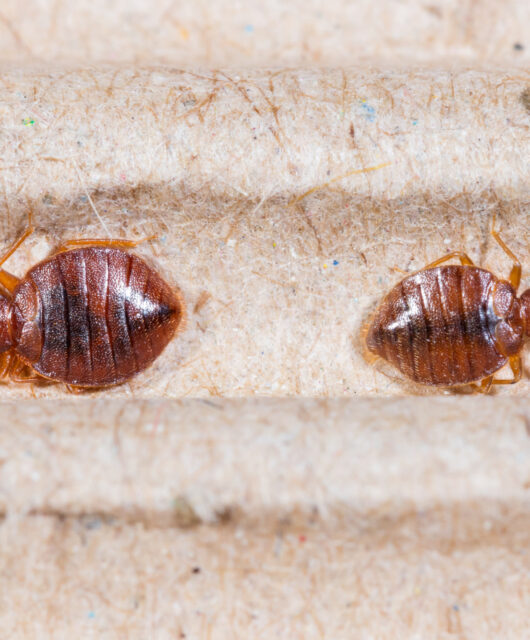What Are Embroidered Patches?
Embroidered patches have been around for centuries, but they’re still as relevant today as they were in the past. Whether you want to add a touch of personality to your clothing or use them for branding and marketing purposes, patches are an excellent option.
But what exactly are embroidered patches?
In this blog post, we’ll dive into their definition, design ideas, fabric options, construction process, and other uses. So sit back and get ready to learn everything you need to know about these versatile accessories!
Table of Contents
Embroidered Patches Definition
Embroidered patches are decorative pieces of cloth that are created by sewing or embroidering a design onto a fabric backing. They can be used to add personal touches to clothing, bags, hats, and other accessories. The designs on embroidered patches can range from simple shapes and letters to complex images with intricate details.
One of the most interesting things about embroidered patches is their versatility. They come in different sizes, colors, and materials which make them suitable for various applications. Whether you want to show off your favorite band logo or promote your business brand through uniforms or merchandise – an embroidered patch can do the job perfectly!
Embroidery patches are versatile accessories that offer unlimited possibilities when it comes to design ideas and usage options. From fashion statements to marketing tools – there’s no limit when it comes to using these beautiful embellishments!
Design Ideas
Embroidered patches are versatile and can be customized to suit different needs. Designing a patch requires:
- creativity
- attention to detail
- understanding of the message
One design idea is to incorporate text into the embroidery. This could include:
- company names
- slogans
- memorable phrases
The font style and color should complement the overall design of the patch. Another approach is to use images or graphics in the design. This could range from simple shapes like circles or stars to more elaborate designs such as:
- animals
- logos
- scenery
It’s important to consider how well these images will translate into embroidery before finalizing them. Color selection is also crucial when designing embroidered patches.
Choosing complementary colors that stand out against each other. But they can also work together harmoniously and can make a world of difference in creating a visually appealing patch. Consider adding extra elements like borders or embellishments for added visual interest and texture.
Fabric Options
When it comes to embroidered patches, choosing the right fabric is crucial. The fabric you select will have an impact on how your design looks and feels. Here are some of the most commonly used fabrics for embroidered patches.
Twill is a popular choice for patches because it’s durable and easy to work with. It has a tight weave that provides a smooth surface for embroidery. Felt is another popular option as it’s soft and lightweight. This makes it ideal for small or intricate designs.
The canvas is sturdy and can hold up well against wear and tear. This makes it perfect for outdoor use or uniforms. Polyester is often used in sports patches due to its moisture-wicking properties. It ensures the patch stays dry during physical activity.
Leather makes for an excellent material choice when looking to create a more classic look or add texture to your patch design. Velvet adds luxury to any embroidery project. However, velvet embroidered badges may not be suitable for frequent washing since they require delicate care.
Process of Construction
The process of constructing embroidered patches starts with the design. The first step is to create a digital pattern that will be used for embroidery. This pattern is then loaded into an embroidery machine. This of which uses multiple needles and thread colors to stitch the design onto a piece of fabric.
Once the design has been embroidered onto the fabric, it is cut out using scissors or a laser cutter. The edges are then sealed with either heat or glue to prevent fraying. Next, any additional details such as lettering or borders are added using either embroidery or printing techniques.
The patch is attached to clothing or accessories using different methods such as:
- sewing
- iron-on adhesive backing
- Velcro® backing
- magnetic attachments
Construction processes can vary depending on factors like the size and complexity of designs. However, each step requires precision and attention to detail. This helps to produce high-quality embroidered patches that are durable and visually appealing.
Useful for Branding and Marketing
Embroidered patches are not only a great way to add personality and style to clothing items. They can also be used effectively for branding and marketing purposes. Companies of all sizes and industries have taken advantage of embroidered patches to promote their brand identity.
One of the biggest advantages of using embroidered patches for branding is that they offer a unique way to showcase your logo or message. Unlike traditional forms of advertising such as billboards or TV commercials, custom patches allow you to create a tangible item that people can wear and display on their clothing.
Additionally, custom embroidery allows you complete control over the design process. You can choose from a range of:
- colors
- fonts
- shapes
This flexibility makes it easy for companies to create something truly unique that aligns with their brand’s visual identity. Custom-made embroidered patches such as custom chef or even custom police patches help build unity within organizations by creating an exclusive identifying mark shared between employees or team members. This of which boosts morale while promoting company pride in the workplace!
Useful for Collectibles and Souvenirs
Whether you’re looking to promote your brand or create a unique keepsake, embroidered patches are a versatile option that can be customized in endless ways. With so many design options and fabric choices available, there’s no limit to what you can create with these small but impactful accessories.
Explore our blog for more reads.









